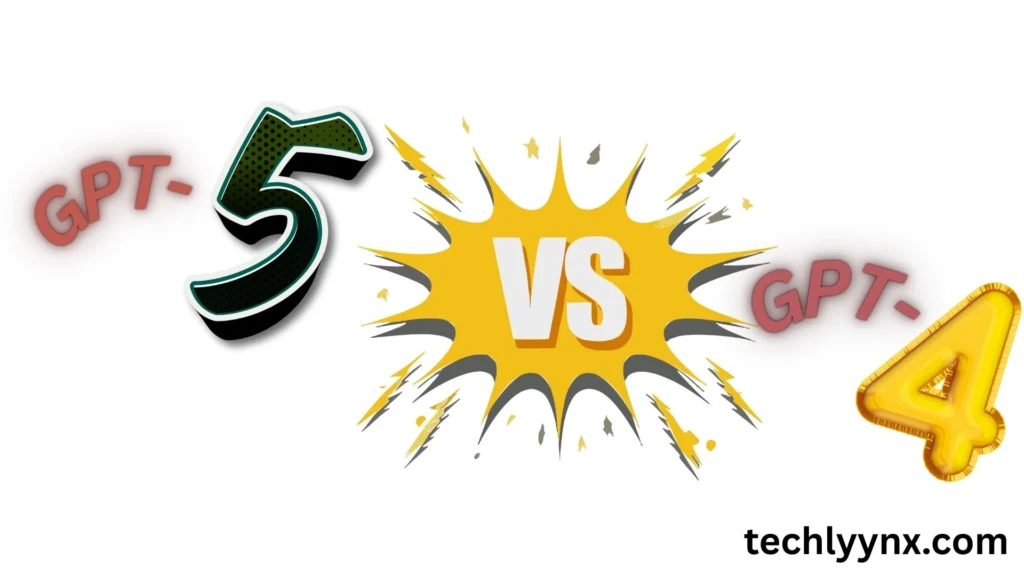The advancement from GPT-4 to GPT-5 is one of the most talked-about enhancements in recent years, and artificial intelligence is developing at breakneck speed. Many people find it difficult to think of anything that could be superior to GPT-4 because it was already a powerful tool. However, when you compare GPT-5 vs GPT-4, you quickly discover that GPT-5 is on a very different level.
The differences between the GPT-5 and GPT-4 will be explained in plain English in this article, along with the areas where the modifications are most important and how they may affect professionals, students, regular users, and even corporations.
GPT-5 vs. GPT-4: Understanding the Basics
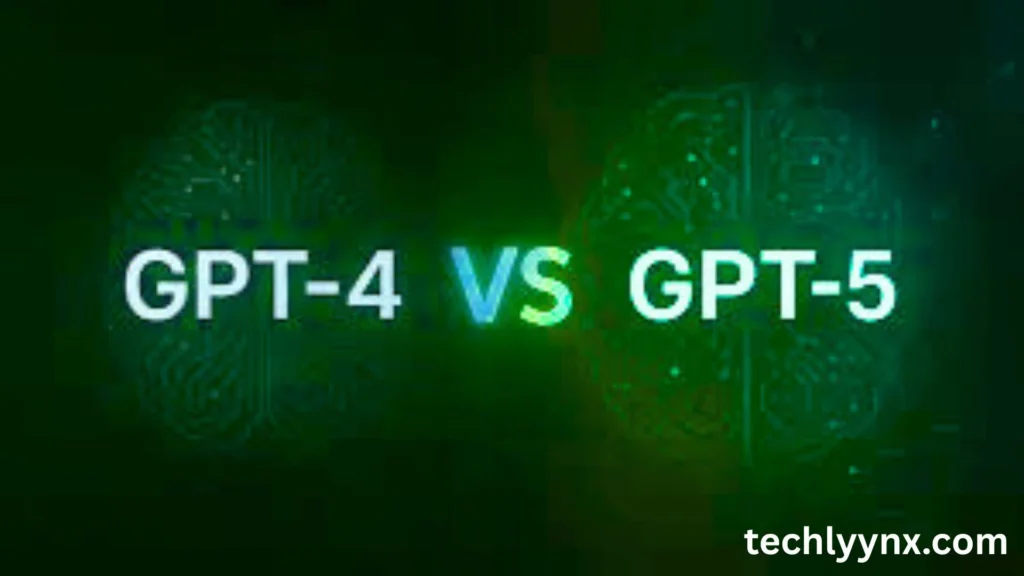
Let’s briefly review these two AI models before delving into the specifics.
Released in 2023, GPT-4 was able to comprehend and produce language that was human-like and, in some versions, could even handle some visual inputs. With improved reasoning, linguistic proficiency, and dependability, it was already a significant improvement over GPT-3.5.
GPT-5: Introduced in 2025, this version expands upon the framework of GPT-4. It is more multimodal, quicker, smarter, and far more adept at context recall and comprehension.
The GPT-5 is essentially the enhanced version of the GPT-4, which was a top-tier sports automobile with improved handling, more speed, and additional amenities you were unaware you needed.
Bigger Context Window
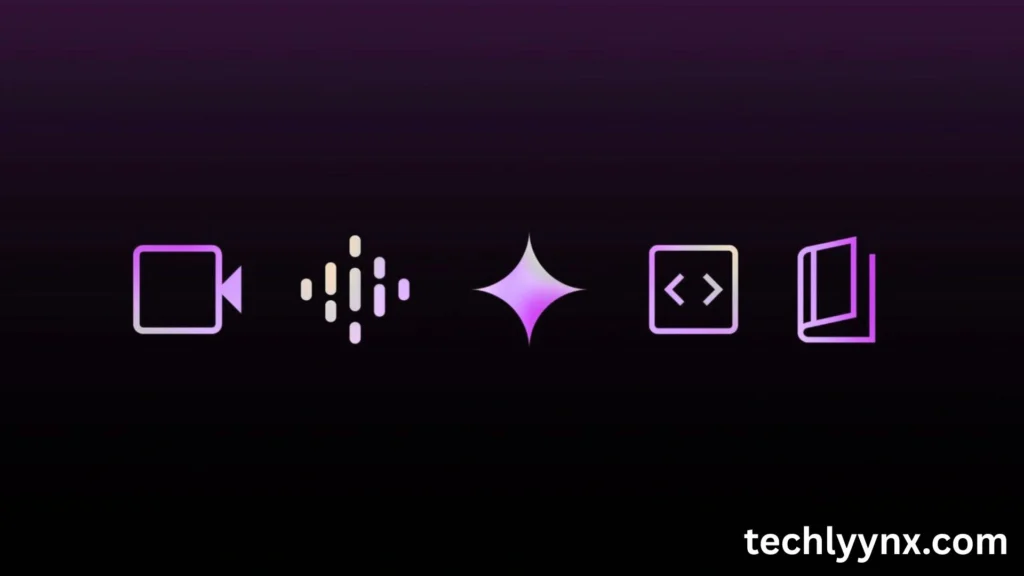
The context window—basically, the amount of information the AI can recall simultaneously during a conversation or analysis—is one of the most obvious improvements in GPT-5 over GPT-4.
About 25,000 words might be processed by GPT-4 at once. That’s already quite a bit, enough for several book chapters.
Much more may be processed by GPT-5, allowing for the uninterrupted analysis of large research datasets, books, and lengthy legal documents.
This implies that GPT-5 can avoid the annoying “memory loss” that occasionally occurred in GPT-4, stay on topic for longer, and follow your line of thought more naturally.
Multimodal Capabilities When Gpt-5 Vs Gpt-4
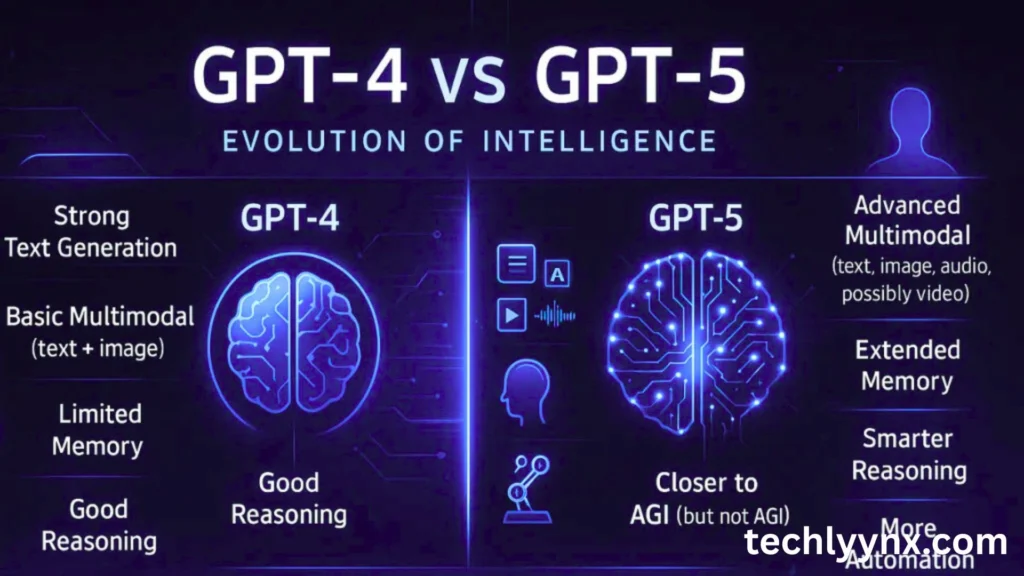
Multimodality, or the capacity to deal with more than just text, is another significant difference between GPT-5 and GPT-4.
Limited forms of picture recognition were available in GPT-4, and audio and video could not be handled directly in a single integrated process.
In a single interaction, GPT-5 can process text, graphics, audio, and even video with ease.
For instance, without using any switching tools, you might upload a brief video clip, have GPT-5 transcribe the conversation, examine the body language, and then produce a written synopsis.
More Accurate Answers
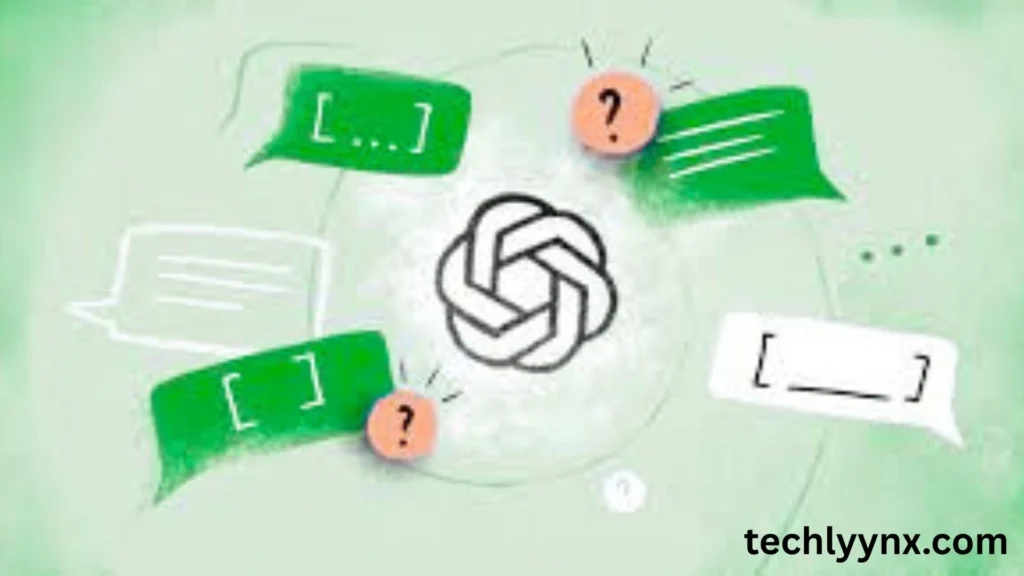
One of the main complaints about GPT-4 was that while it was smart, it sometimes gave answers that sounded right but were factually incorrect — a problem known as hallucination in AI.
With GPT-5 vs. GPT-4, the improvements in reasoning are huge:
- GPT-5 is better at multi-step logical reasoning.
- It’s more accurate in math, coding, and technical problem-solving.
- It cites reliable sources more often and warns you if something is uncertain.
This makes GPT-5 more trustworthy for professional work like engineering, law, and medical research.
Speed and Efficiency
GPT-4 was already fast, but large and complex queries could take several seconds to process. GPT-5 responds much quicker, especially in real-time applications like customer service, live tutoring, or interactive coding help.
In GPT-5 vs. GPT-4 comparisons, you’ll notice:
- Shorter wait times for answers.
- Less lag in follow-up questions.
- Faster analysis of large data files.
This speed boost isn’t just about convenience — in business settings, faster responses can mean higher productivity and better customer experiences.
Personalization and Memory Features
Personalized memory is one of GPT-5’s most intriguing new features.
- GPT-4: Only able to recall information from a single conversation. All memory vanished as soon as the conversation finished.
- GPT-5: If memory is activated, it can recall user preferences, previous questions, and even specifics about your wants or style.
For instance, GPT-5 will modify its explanations for you in subsequent discussions if you inform it that you’re a novice programmer — without you having to repeat yourself.
Real-World Applications of GPT-5 vs. GPT-4
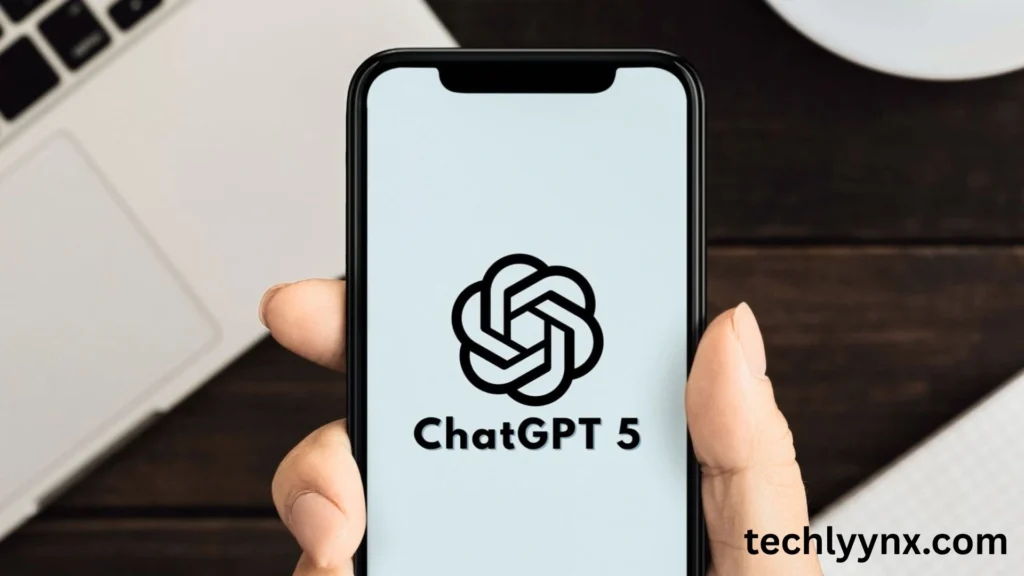
The improvements in GPT-5 aren’t just theoretical. They have real, practical benefits:
- In Education: More accurate tutoring, personalized learning plans, and better explanations for complex subjects.
- In Healthcare: Helping doctors analyze medical images, summarizing patient records, and assisting with research.
- In Business: Automating customer support, writing personalized marketing campaigns, and analyzing sales data faster.
- In Creativity: Generating scripts, music, storyboards, and even short films using text + image + audio together.
Fewer Mistakes and Safer Outputs
GPT-5 vs. GPT-4 demonstrates a considerable improvement in AI safety, which is a major worry.
fewer factual mistakes.
More moral screening to avoid offensive or discriminatory material.
Improved openness when there is uncertainty about the response.
This implies that you can use GPT-5 with greater assurance for delicate or important tasks.
Should You Switch to GPT-5?
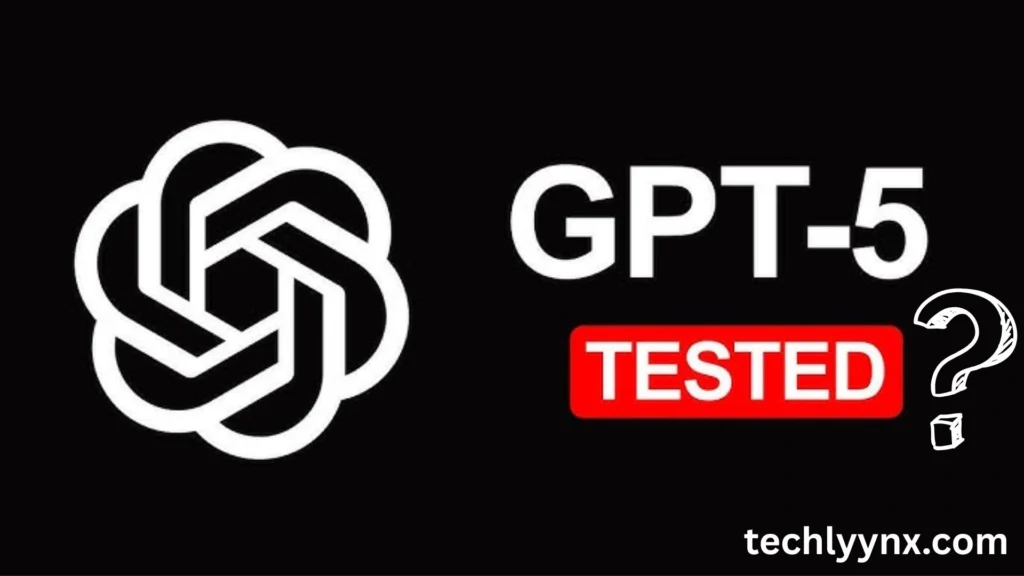
GPT-4 might still be useful if you’re a casual user who just requires short text production or simple replies. However, GPT-5 is a definite improvement if you deal with lengthy documents, require multimodal analysis, or are concerned about accuracy and speed.
Comparing the GPT-5 with GPT-4 is like to upgrading from a low-end smartphone to a premium model; both are functional, but one performs more, better, and quicker.
Concluding remarks
The jump from GPT-4 to GPT-5 is more than just a routine upgrade. It’s a re-imagining of what AI can do for you — at home, at work, and in creative projects. With better memory, multimodal capabilities, improved reasoning, and faster performance, GPT-5 feels more like a true digital partner than just a tool.
Whether you’re a student, professional, or curious explorer of AI, understanding the GPT-5 vs. GPT-4 differences will help you make the most of this new technology. The future of AI isn’t just coming — with GPT-5, it’s already here.

